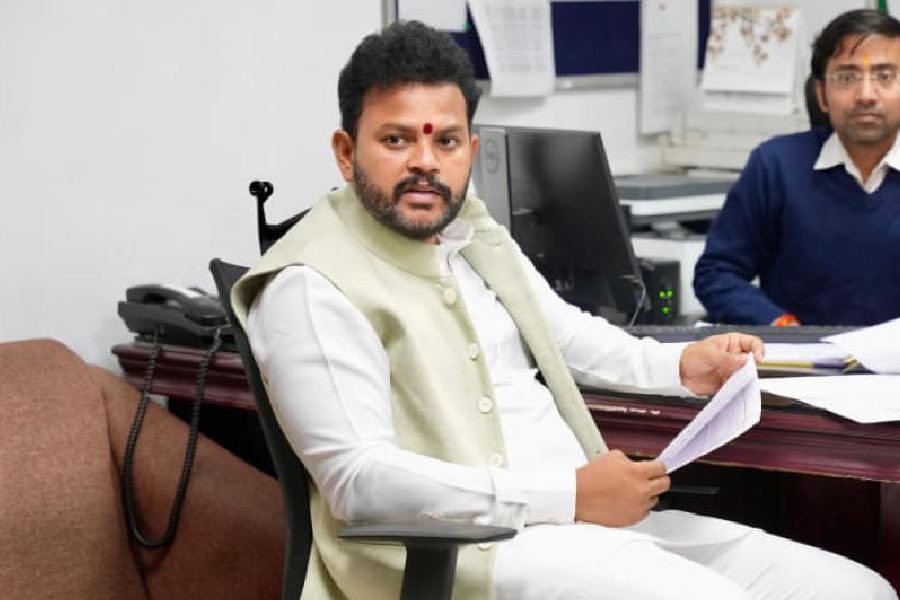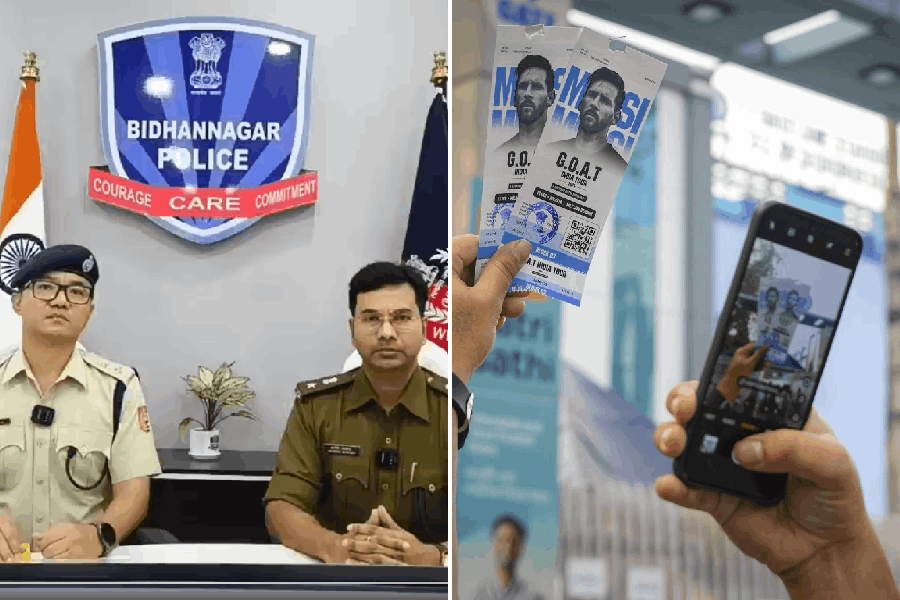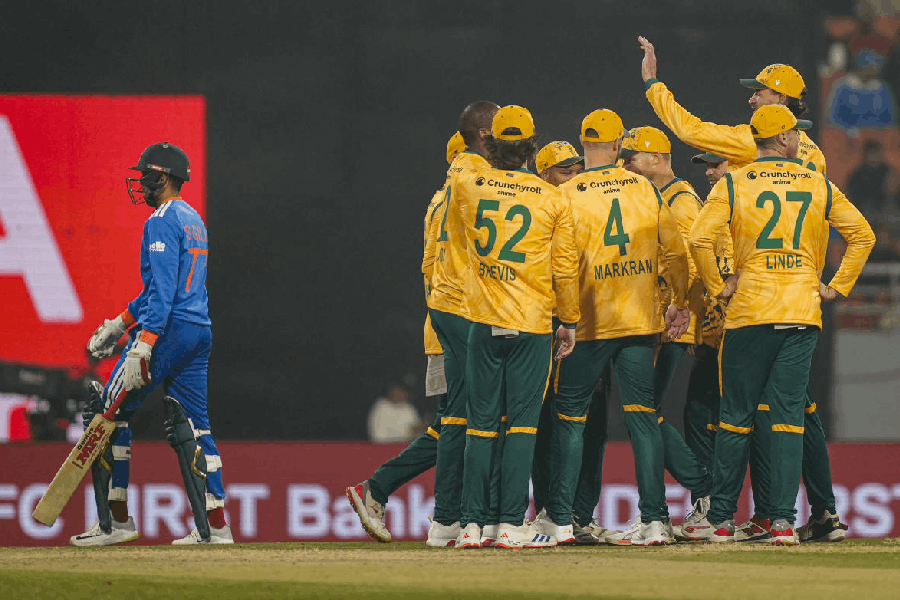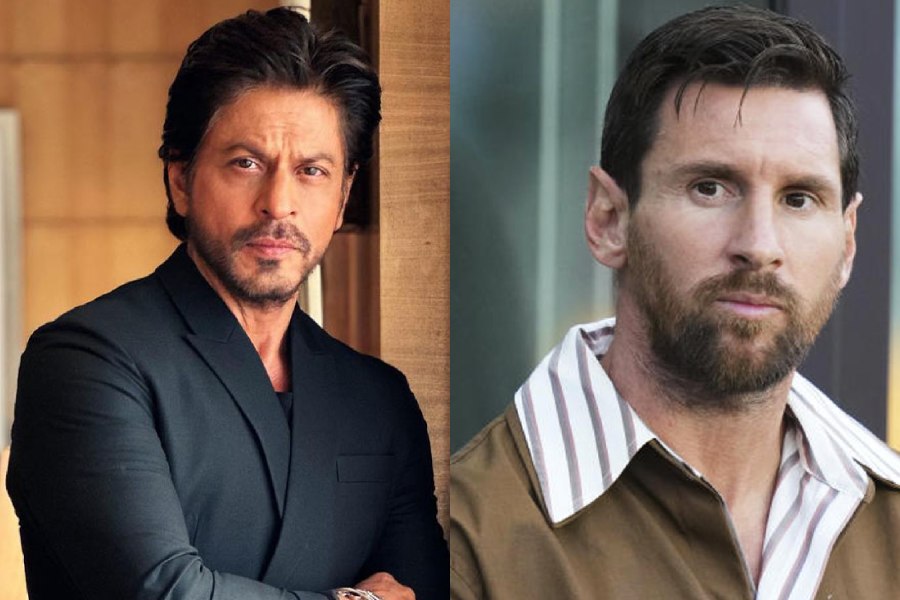New Delhi: The Centre is for almost three years sitting on the findings of a caste census conducted in the country after eight decades.
The UPA government in 2011 undertook the Socio-Economic Caste Census to get data on the caste and economic status of every household in the country. The Registrar General of India (RGI) and the ministries of rural development and housing and poverty alleviation were involved.
The socio-economic data from the census was made public in 2015.
In response to an RTI application filed by The Telegraph, the RGI said the caste data would be analysed by an expert group.
"As per the decision of the government, the department of social justice and empowerment, in consultation with the ministry of tribal affairs, will recommend the names of the members of the expert group to be formed under the chairmanship of vice-chairperson of NITI Aayog to classify the caste names returned in SECC 2011 survey," said the letter dated January 3, 2018, and signed by Babul Roy, chief public information officer at RGI.
The decision to form such a group was taken by the Narendra Modi cabinet in July 2015, but it is yet to be set up.
Social justice and empowerment minister Thaawar Chand Gehlot said on Monday caste data was not his ministry's subject. "This caste census is between the home ministry and RGI," Gehlot told a news conference.
The objective of the census was to get a picture of the caste structure and work out targeted welfare schemes for the backward groups.
The last caste census was conducted in 1931 by the British. It had put the population of OBCs at 52 per cent, SCs at 15.5 per cent and STs at around 7 per cent.
The latest census data involves the names of 46 lakh castes, sub-castes, synonyms, surnames, clans and gothras.
Former secretary of the National Commission for Backward Classes and an expert on the Indian caste system, P.S. Krishnan, said the census had thrown up astronomical data because the data collection format was wrong.
"Instead of asking what your caste is, the enumerator should have shown the government's list of backward castes and asked which caste on that list the person belonged to. That would have limited the scope for people to give the names of their gothra, clan or surname," Krishnan said.
Official sources said analysing the data was still not difficult. There is software which can put names with minor spelling or phonetic deviations under one caste. But all depends on the will of the government, they said.
Sources said the government may be worried the census might throw up a higher OBC population figure, which could lead to demands for a higher quota in education and jobs.










